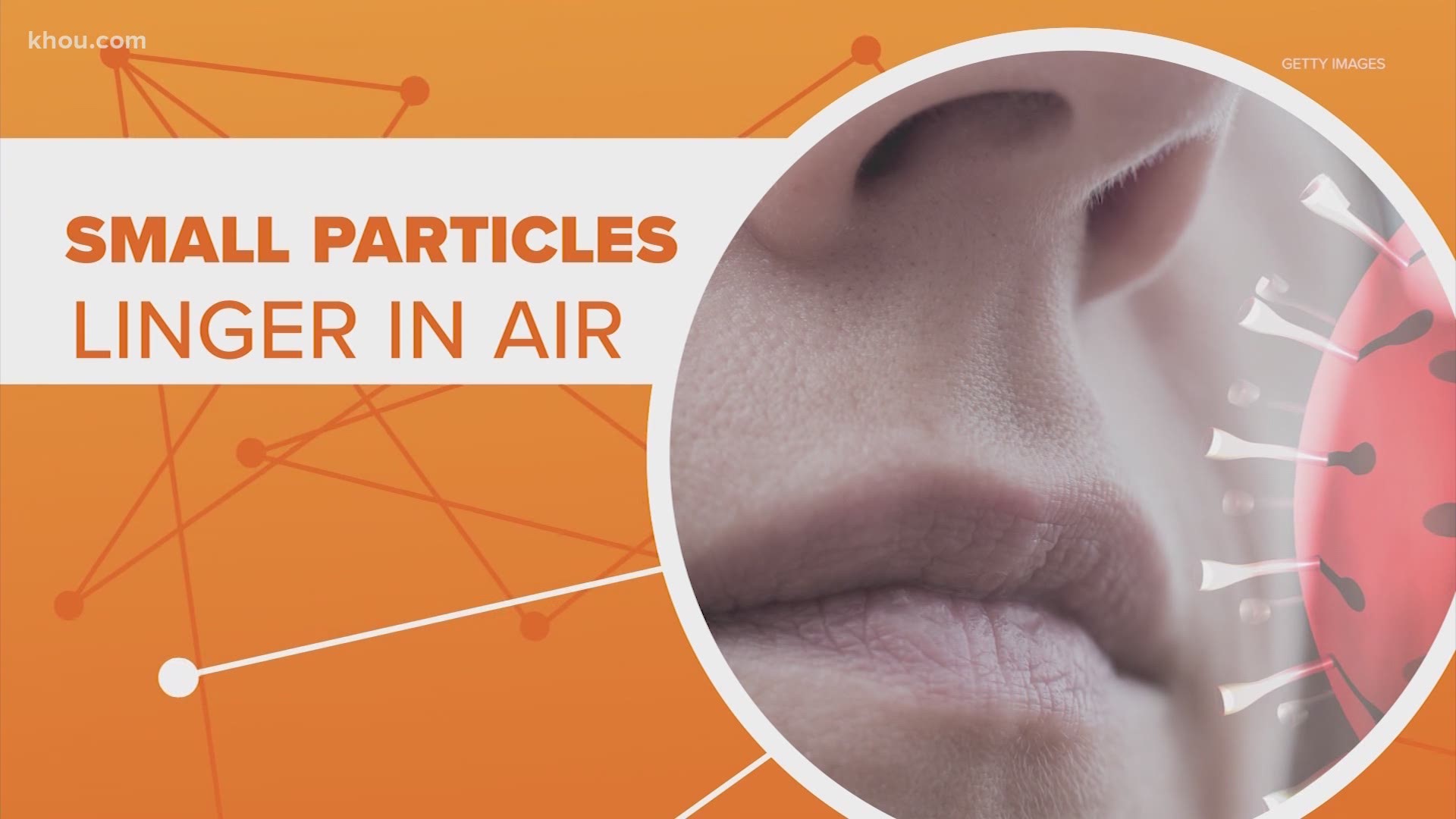When coronavirus hit, the World Health Organization warned the virus was spread primarily through close personal contact, but as COVID-19 spreads it becomes more clear something else is going on.
There were reports of people contracting the virus even when they were socially distant from an infected person. After more research, WHO changed its guidance, admitting aerosol transmission, especially indoors, was possible.
Now the CDC has issued similar guidance.
Small particles linger in air
So what does airborne mean? Initially it was thought coronavirus was spread through large droplets released when an infected patient coughed or sneezed, which would require close contact to transmit the virus.
Now experts are acknowledging it can also spread through much smaller airborne particles that can linger in the air for minutes or hours.
Larger particles more common
In the end, that means six feet may not be enough and proper ventilation is important. But experts still believe most infections are caused by those large particles. They are still recommending washing your hands, wearing a mask and avoiding crowded indoor spaces.
MORE CORONAVIRUS NEWS

